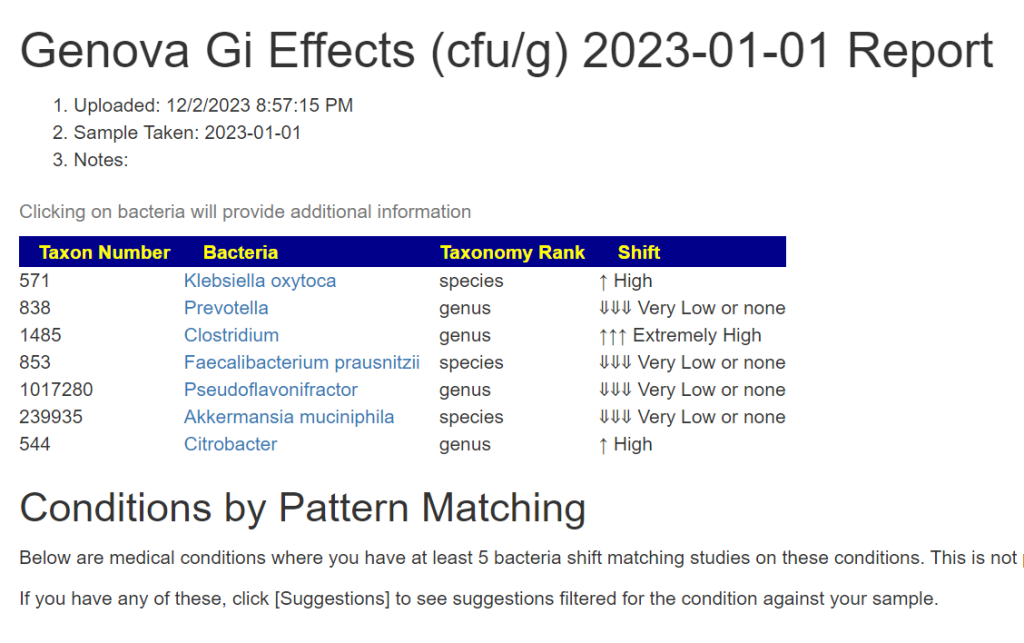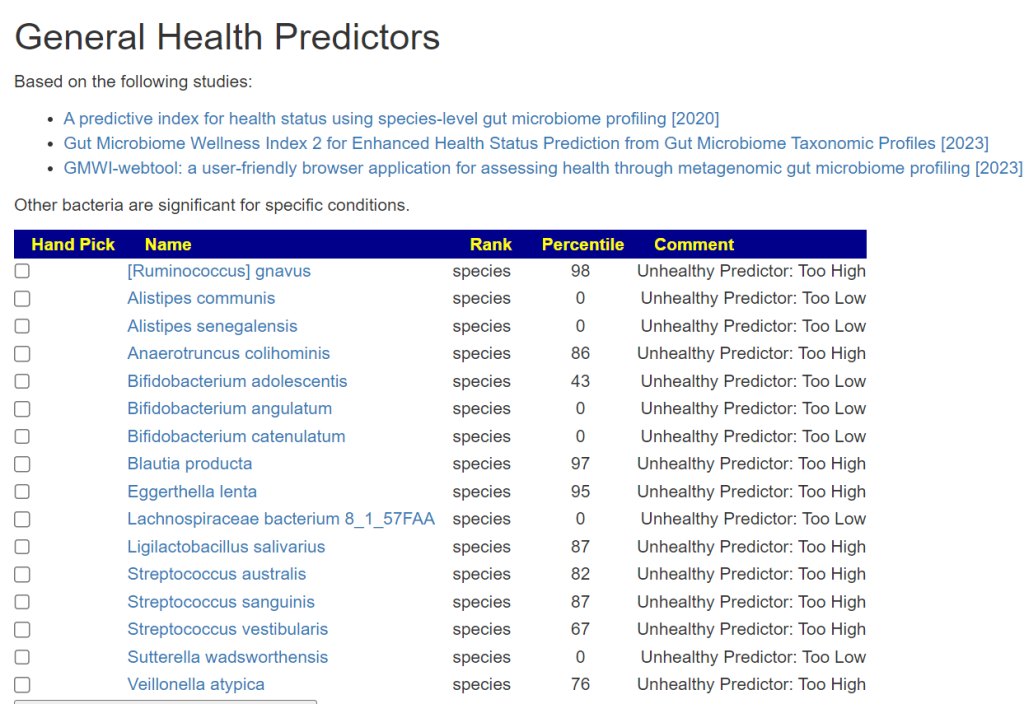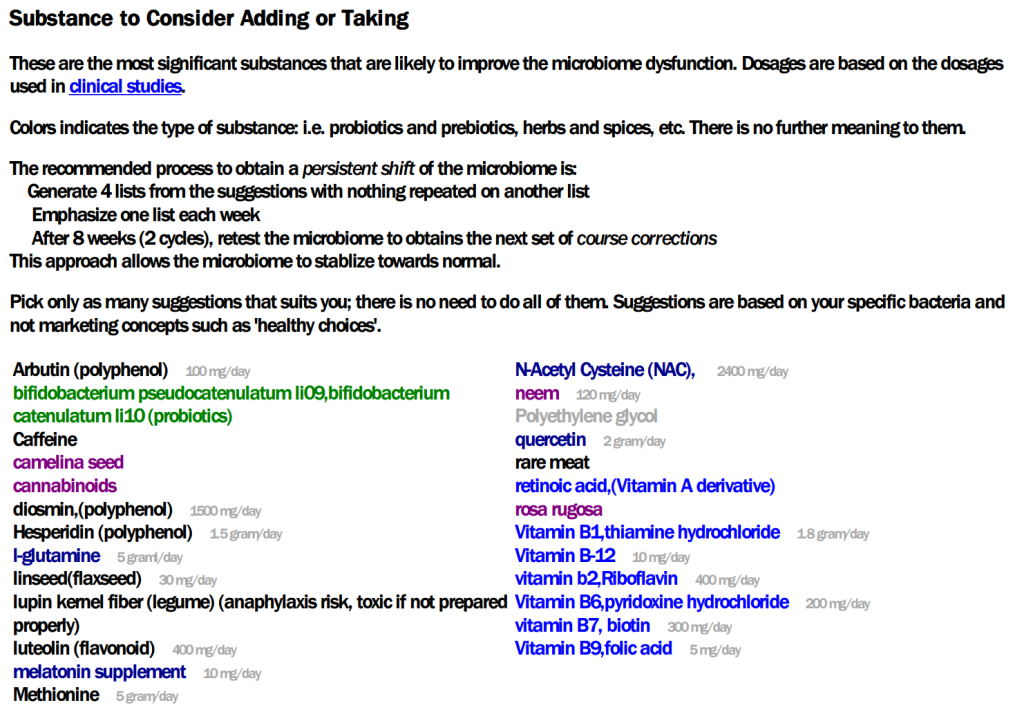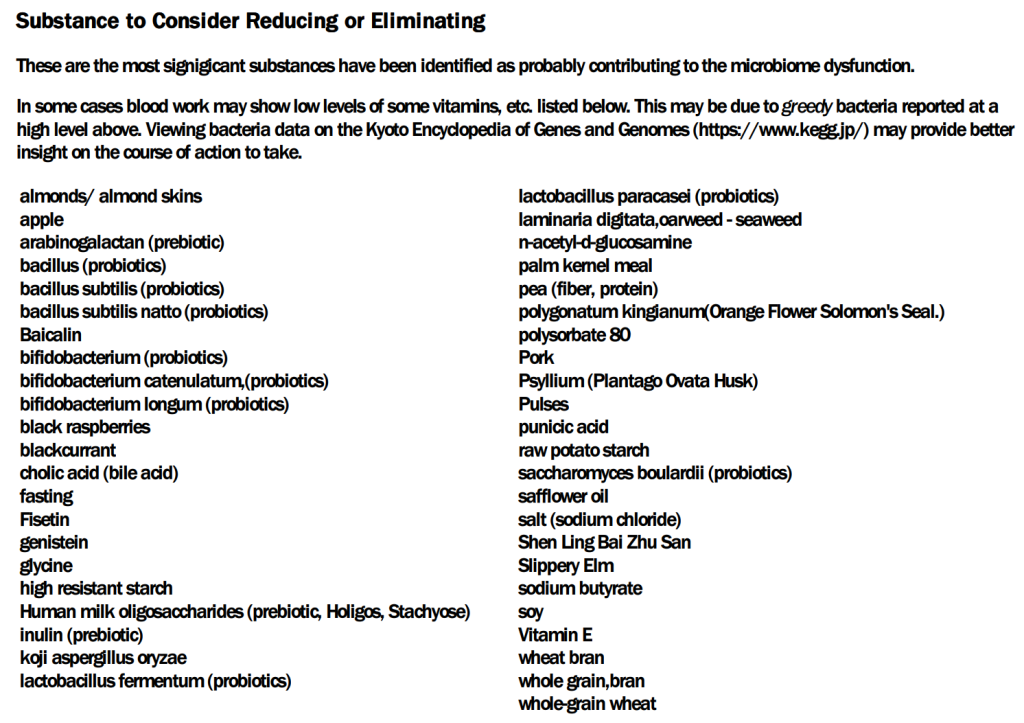Back Story
- In 1983 or 1984 I suffered from EBV (mononucleosis)
- In 1984 or 1985 – I had appendix removed
- In 1991 I had a resurgence of fatigue like EBV reactivation, plus apparition of anxiety
- In 2004, I was bitten by a tick, I thought at the time that it was a spider. Few weeks after the bite, I had flu symptoms who last very long, like months, and some intermittent fever. When I talked about my intermittent fever to doctors, they where looking at me as if I was crazy. Later I learnt that Lyme was in the area.
- Between 2004 and 2007, lots of weird symptoms appeared. Doctors were saying it was in my head
- In 2007, I had an urinary tract infection. I took Cipro, and all my little weird symptoms that I had notice for couple of years, have worsened. I started to have mood change, internal tremors.
- Between 2007 and 2011 -I’ve met 3 neurologists, they said I maybe have multiple sclerosis, even if my MRI at this time were clear.
- In 2015, another urinary tract infection, Cipro again, symptoms once again worsened.
- In 2016, I received Multiple sclerosis, (MS), diagnosis.
- I saw a naturopath. She run urinary test to see organic acid. And she build a protocol. I follow this protocol for 3 months, with no change.
- I went to see a LLMD in USA for a year with some improvement.
- Between 2007 and 2011 -I’ve met 3 neurologists, they said I maybe have multiple sclerosis, even if my MRI at this time were clear. They said that I have to wait for another crisis to confirm. But they gave me
- I now have dysautomia, probably MCAS and SIBO. I also feel sick in transports. I do have intolerance to heat and cold. I have had big constipation problems for years.
- I started to take Mutaflor[E.Coli Nissle 1917] for constipation. It’s helping.
- I also started Akkermansia about 1 month ago.
- B1 (1000mg/day)
We have two test results available: Biomesight and Genova test.
Analysis
The Percentage of Percentiles showed no statistically significant pattern with significance at 0.90 (we look for above .99) to be concerned.

Looking at the Health Analysis,
- Bacteroides/Clostridium Ratio is very high (97%ile_
- Anti inflammatory Bacteria Score is high (94%ile)
- Butyrate is low (1.2%ile)
- D-Lactic Acid is low [GOOD THING, high levels often are seen with brain fog and cognitive issues)
- Dopamine, Serotonin are both high (97%ile) – may account for mood issues
- Hydrogen, Hydrogen sulfide (H2S), Methane are all low with Methane being the highest (46%ile), so traditional SIBO is unlikely.
Potential Medical Conditions Detected
The following were flagged in agreement with her history:
- ME/CFS without IBS
- Fibromyalgia
- Mood Disorders
- COVID-19
And last, Intelligence at 91%ile which agrees with details from emails.
And for Bacteria deemed Unhealthy we have quite a few.
| Name | Rank | Percentile | Count | Comment | More Info |
|---|---|---|---|---|---|
| [Ruminococcus] gnavus | species | 98 | 54710 | Not Healthy Predictor | Citation |
| Actinomyces | genus | 90 | 250 | Pathogen | Citation |
| Anaerotruncus colihominis | species | 86 | 3070 | Not Healthy Predictor | Citation |
| Bacillus | genus | 92 | 170 | Pathogen | Citation |
| Blautia producta | species | 97 | 12950 | Not Healthy Predictor | Citation |
| Collinsella | genus | 0 | 0 | High COVID Risk | Citation |
| Dorea | genus | 99 | 37010 | Increased COVID risk | Citation |
| Eggerthella lenta | species | 95 | 1470 | Not Healthy Predictor | Citation |
| Lactobacillus | genus | 89 | 960 | Pathogen | Citation |
| Legionella | genus | 89 | 130 | include notable pathogens | Citation |
| Ligilactobacillus salivarius | species | 87 | 420 | Not Healthy Predictor | Citation |
| Staphylococcus aureus | species | 75 | 40 | Skin infections, sinusitis, food poisoning | Citation |
| Staphylococcus haemolyticus | species | 89 | 130 | Pathogen | Citation |
| Streptococcus australis | species | 82 | 210 | Not Healthy Predictor | Citation |
| Streptococcus oralis | species | 66 | 40 | Infectious bacteria | Citation |
| Streptococcus sanguinis | species | 87 | 80 | Not Healthy Predictor | Citation |
| Streptococcus vestibularis | species | 67 | 380 | Infectious bacteria | Citation |
| Veillonella atypica | species | 76 | 170 | Not Healthy Predictor | Citation |
I looked at her GI Effects test with the new Conditions matching (See this post) and nothing was identified by pattern matching.
Using Jason’s criteria, we see that there is a long way from health improvement.


Going Forward
With a diagnosis of Multiple sclerosis, I was curious to see the degree of pattern matching to published studies. She is at the 88%ile (i.e. her pattern the reported pattern better then 9 out of 10 people).

While it appears that Lyme played a role, the literature is very sparse on Lyme and she has no matches

Strategy
I will do the usual “Just give me suggestions’ (4 ways of picking bacteria) and then add in:
- Multiple Sclerosis
- Mood Disorders
This gives us 6 algorithms to build suggestions from. To which we add the new one to hand pick and then process. So we have 7 algorithms being used.

Review of Suggestions
My first curiosity is where does Cipro (Ciprofloxacin) set in suggestions. It is at a positive 275 our of 494. The top antibiotic is amoxicillin which is used for both ME/CFS and Lyme disease.
I was curious if there is a MS connection to either of these antibiotics and found Antibiotic Use and Risk of Multiple Sclerosis [2006] which contains a variety of gems:
- “use of penicillins(includes amoxicillin) in the 3 years before the index date decreased the risk of developing a first attack of multiple sclerosis (odds ratio = 0.5, 95% confidence interval: 0.3, 0.9 for those who used penicillins for ≥15 days compared with no use).”
For Cipro, I found no equivalent studies and some social media claiming that Cipro triggered MS in themselves.


No probiotic made it above the threshold except a particular mixture: bifidobacterium pseudocatenulatum li09,bifidobacterium catenulatum li10 (probiotics). I currently know of no retail source for this mixture (but can see a lot of studies). Neither can I locate any retail products with any form of bifidobacterium pseudocatenulatum or bifidobacterium catenulatum.
Questions and Answers
Q: In my history, you don’t seem to take into account the positive tests for borrelia and babesia, but only the diagnosis of multiple sclerosis. Am I mistaken? And is it because there are few studies on Lyme disease in relation to the microbiota?
- Correct. I just double checked PubMed and found many articles on the microbiome of the ticks, but nothing useful for a human microbiome after being bitten. I have data on Chronic Lyme, there is not much. One example study if A Distinct Microbiome Signature in Posttreatment Lyme Disease Patients [2020]
Q: There is mention of human milk but nothing about dairy. I’m wondering if goat cheese is ok. I consume goat cheese from time to time and wondered if it’s good or bad.
- Human milk contains different sugars than goat or sheep or cow or camel or… I have data on goat and cow. Most studies have been done on using them for yogurts which alters their composition.
- Looking at the details (see YouTube video), all dairy are negative (not greatly often, but consistently negative for different dairy products), so reduce or eliminate.
Q: Does acacia fiber is consider oligofructose-enriched inulin ? I’m a bit lost. I bought acacia and wonder if it’s ok.
- Acacia fiber (a.k.a. gum) is different. There is a study comparing them, PREBIOTIC EFFECTS OF INULIN AND ACACIA GUM [2015]. Acacia fiber was not in the list for to take or to avoid, so no known harm nor benefit (apart from the usual impact on the pocket book)
Q: In the recommendations, it’s said to avoid whole grain wheat. But does it include einkorn and buckwheat ?
- No, buckwheat is not wheat, it is a seed (just like peanut is not a nut) — English can be very misleading at time!!! While it is true that Einkorn is the most primitive form of wheat on Earth, modern wheat (which is what the clinical studies used) is sufficiently different in content. “Einkorn kernels have higher protein, antioxidant (carotenoids and tocols), fructans and monounsaturated fatty acids content” [2013]. Many of those changes will cause a different effect on the microbiome.
These are slight negative (see video), I would not be concerned about this.
Q: Alan McDonnald’s work shows that all the patients he tested with a diagnosis of multiple sclerosis were positive for at least one strain of borrelia, in addition to having their EBV reactivated. This is generally the case with Lyme. And since I’m treating Lyme, I have a lot of symptoms who alleviate.
- Unfortunately, 16s tests do badly with detecting that bacteria. Shotgun tests are 10 to 40x better at detecting this bacteria. Some level may be present in 30% if the population. See this page

Postscript – and Reminder
I am not a licensed medical professional and there are strict laws where I live about “appearing to practice medicine”. I am safe when it is “academic models” and I keep to the language of science, especially statistics. I am not safe when the explanations have possible overtones of advising a patient instead of presenting data to be evaluated by a medical professional before implementing.
I can compute items to take, those computations do not provide information on rotations etc.
I cannot tell people what they should take or not take. I can inform people items that have better odds of improving their microbiome as a results on numeric calculations. I am a trained experienced statistician with appropriate degrees and professional memberships. All suggestions should be reviewed by your medical professional before starting.
The answers above describe my logic and thinking and is not intended to give advice to this person or any one. Always review with your knowledgeable medical professional.
Recent Comments